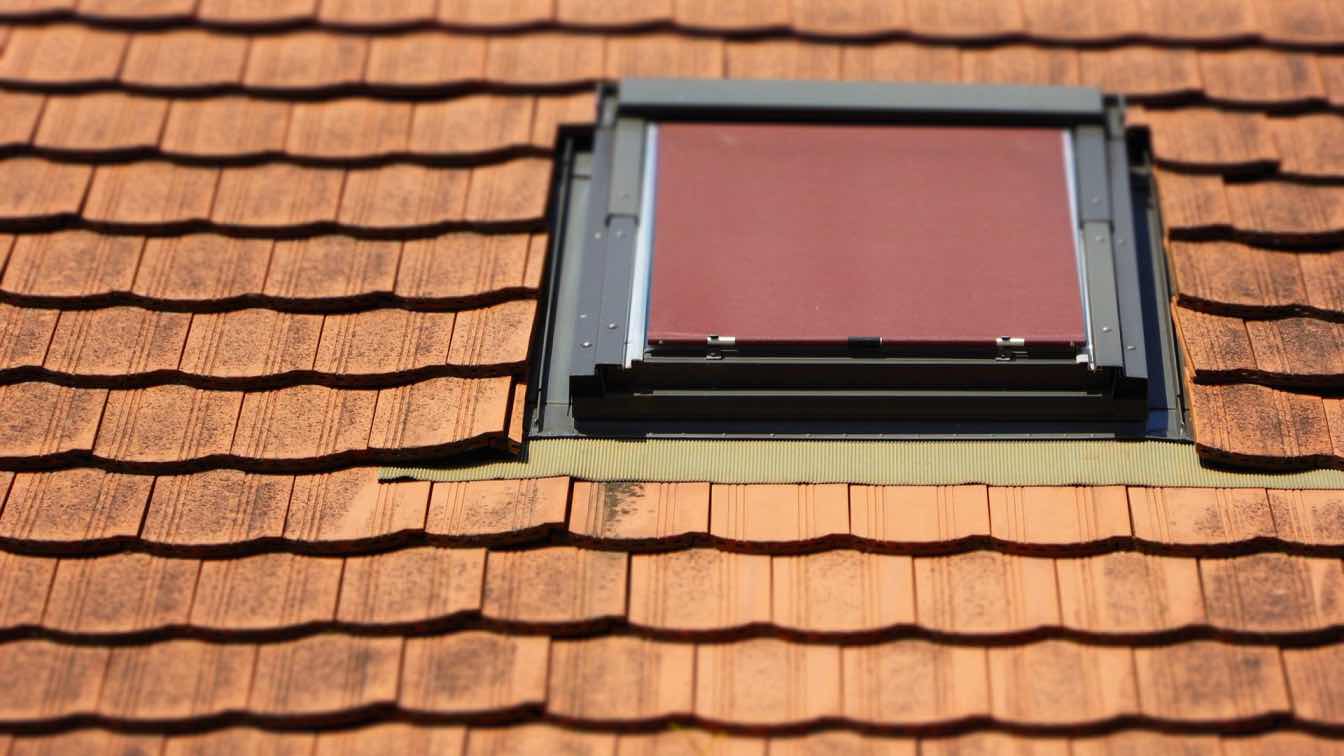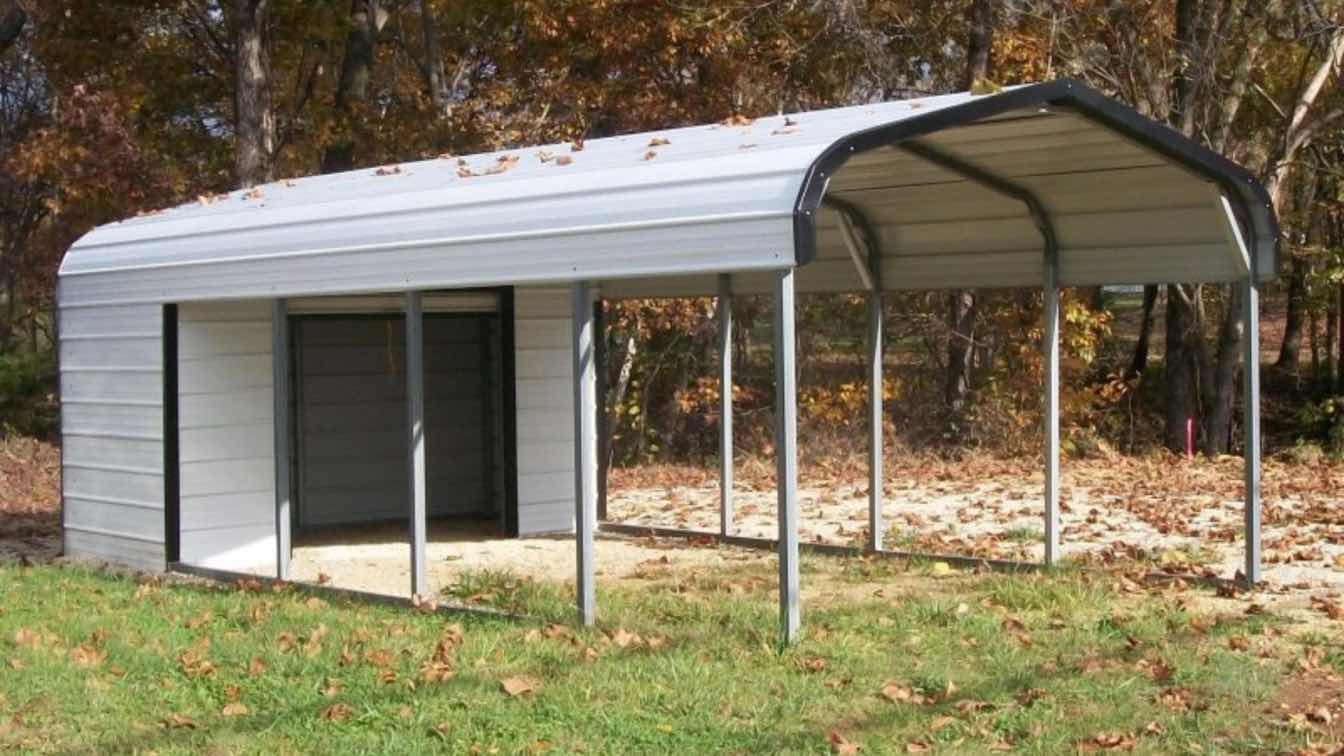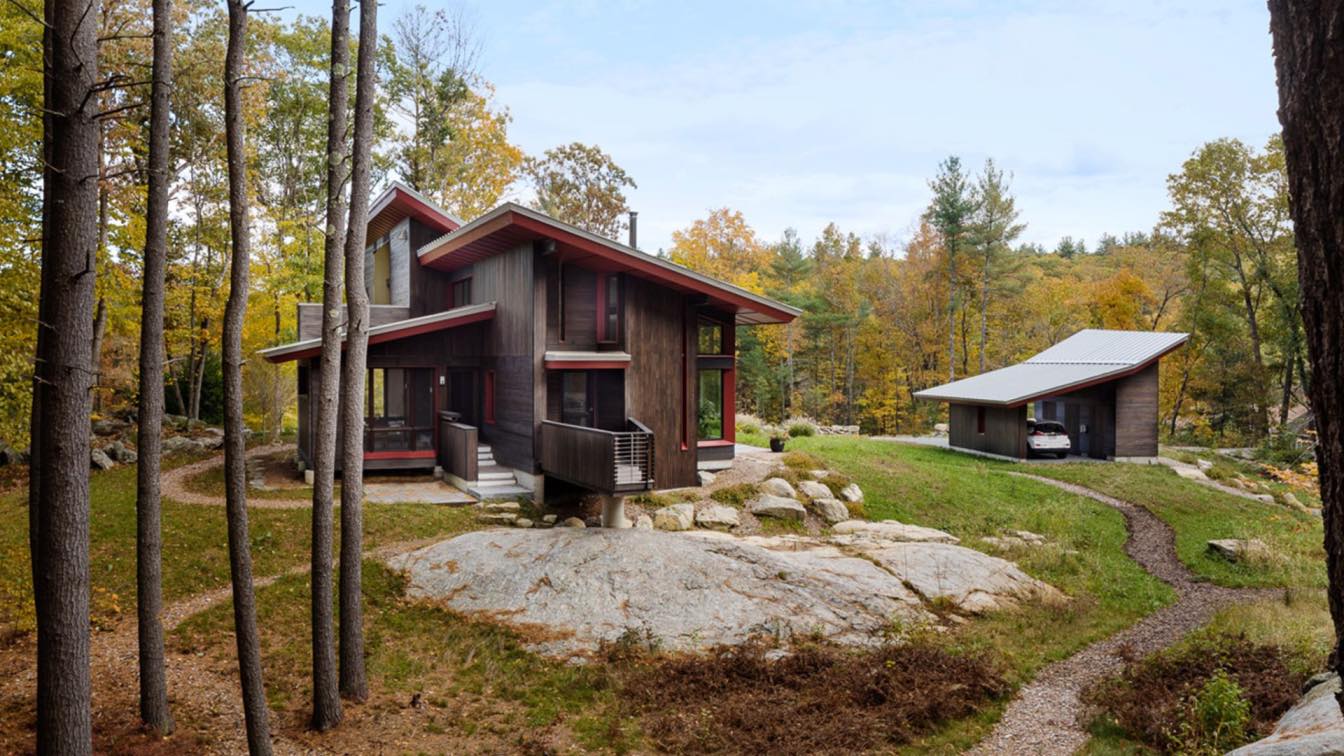Roofing upgrades are essential for homeowners looking to enhance the durability, aesthetics, and energy efficiency of their homes. A well-executed roofing upgrade can extend the lifespan of a roof, increase the property's value, and provide better protection against the elements. This article delves into some common roofing upgrades—installation of high-quality underlayment, addition of insulation, and integration of solar panels—and provides detailed guidance on how to apply each upgrade correctly.
The Unsung Hero of Roofing
Underlayment is a critical component of any roofing system, serving as a secondary barrier against water and weather damage. Upgrading to a high-quality underlayment can significantly enhance the roof’s performance and longevity. The first step in this upgrade is to choose the right material. Synthetic underlayment is often preferred over traditional felt due to its superior strength, water resistance, and durability. Brands like Tyvek and Grace Ice & Water Shield offer reliable options.
Applying high-quality underlayment involves meticulous preparation and installation. Start by ensuring the roof deck is clean, dry, and free of any debris or damage. Roll out the underlayment horizontally, starting from the bottom edge of the roof and working upwards, overlapping each layer by at least six inches. This overlap is crucial for preventing water penetration. Secure the underlayment with roofing nails or staples, ensuring a tight fit without any wrinkles or gaps. Pay special attention to valleys, ridges, and edges, where leaks are most likely to occur. Proper installation of underlayment not only provides an extra layer of protection but also creates a smooth, stable surface for the final roofing material.
Enhancing Energy Efficiency and Comfort
Insulation is a powerful upgrade that can transform your home’s energy efficiency and comfort levels. A well-insulated roof reduces heat loss in the winter and keeps the home cooler in the summer, leading to significant savings on energy bills. There are several types of insulation to consider, including fiberglass batts, rigid foam boards, and spray foam. Each has its advantages, but spray foam insulation is particularly effective for roofing due to its excellent air-sealing properties and high R-value per inch.
The correct application of insulation starts with a thorough assessment of the existing roof structure and insulation. Remove any old or damaged insulation materials before beginning the installation. For fiberglass batts, cut the insulation to fit snugly between the roof rafters, ensuring there are no gaps or compression that can reduce effectiveness. Rigid foam boards should be cut to fit and secured with appropriate adhesives or fasteners. Spray foam insulation, on the other hand, requires professional application. It is sprayed directly onto the underside of the roof deck, expanding to fill gaps and create an airtight seal. Ensure proper ventilation to prevent moisture buildup, which can lead to mold growth and structural damage. Adequate insulation not only improves thermal performance but also enhances the overall comfort and air quality of your home.
Harnessing Renewable Energy
Integrating solar panels into your roofing system is an upgrade that offers both environmental and financial benefits. Solar panels convert sunlight into electricity, reducing reliance on traditional energy sources and lowering utility bills. The first step in this upgrade is to conduct a solar feasibility study, which includes assessing the roof’s orientation, angle, and exposure to sunlight. Ideally, solar panels should be installed on a south-facing roof with minimal shading for optimal performance.
The installation process of solar panels involves several critical steps. Begin by selecting a reputable solar panel provider and obtaining the necessary permits from local authorities. The roof should be inspected to ensure it can support the additional weight of the panels. Installation starts with mounting the racking system, which is attached directly to the roof structure. Panels are then secured to the racking system, and electrical connections are made to integrate the panels with the home’s electrical system. Inverters convert the direct current (DC) produced by the panels into alternating current (AC) used by household appliances. It's essential to hire a professional solar installer to ensure all components are properly connected and compliant with safety standards.
Ensuring Quality and Longevity
While DIY enthusiasts might be tempted to tackle roofing upgrades on their own, hiring a professional roofer ensures the job is done correctly and safely. Whether you are looking for a roofer in Houston or any other place, it's crucial to choose a contractor with a proven track record and proper certifications. Professional roofers bring expertise, experience, and the right tools to handle complex installations like high-quality underlayment, insulation, and solar panels. They can also identify potential issues that might be overlooked by an untrained eye, ensuring that your roofing upgrades provide maximum benefits and longevity. Properly executed upgrades not only enhance your home’s protection and energy efficiency but also add to its overall value, making professional installation a wise investment.
Balancing Airflow for Roof Health
Proper ventilation is a critical yet often overlooked aspect of roofing that significantly impacts the roof's longevity and the home's energy efficiency. Ventilation systems, such as ridge vents, soffit vents, and attic fans, help balance the airflow in the attic space, preventing heat and moisture buildup. Excessive heat in the attic can cause shingles to deteriorate prematurely, while trapped moisture can lead to mold growth and structural damage. When considering roofing upgrades, it’s essential to assess and improve the existing ventilation system.
To apply this upgrade, start by evaluating the current ventilation setup. Ensure there are adequate intake vents (usually located under the eaves) and exhaust vents (often found near the roof’s peak). The general rule is to provide at least 1 square foot of ventilation for every 150 square feet of attic space. Installing ridge vents along the roof peak and pairing them with soffit vents allows for continuous airflow, effectively expelling hot air and drawing in cooler air.
Roofing upgrades, from high-quality underlayment and improved insulation to solar panels, ventilation, and roof coatings, offer numerous benefits that enhance the durability, efficiency, and value of your home. Each upgrade requires careful planning and professional installation to ensure optimal results. By investing in these improvements, homeowners can enjoy a more comfortable, energy-efficient, and resilient living environment. Whether looking for a roofer in Houston or any other place, selecting experienced professionals ensures your roofing upgrades are executed to the highest standards, providing peace of mind and long-term benefits.





